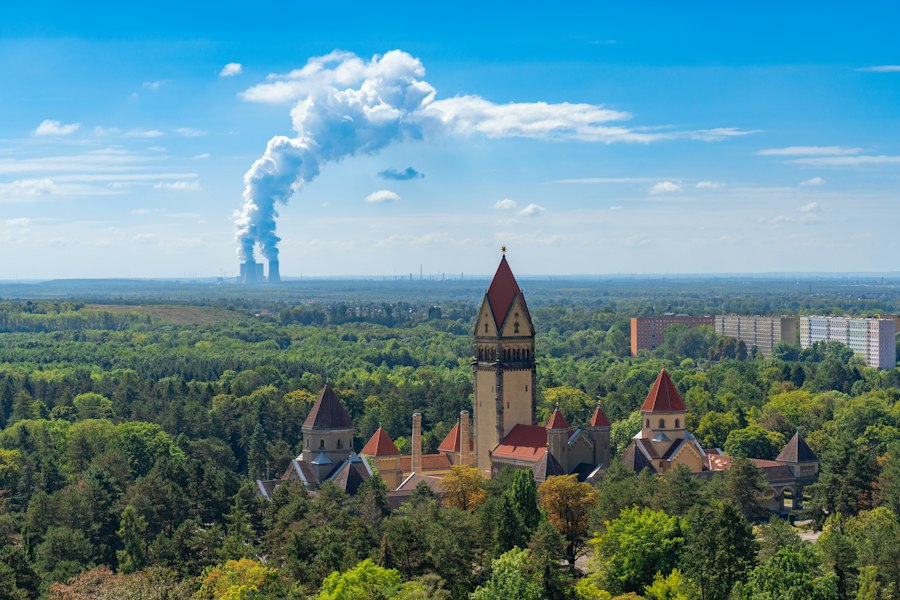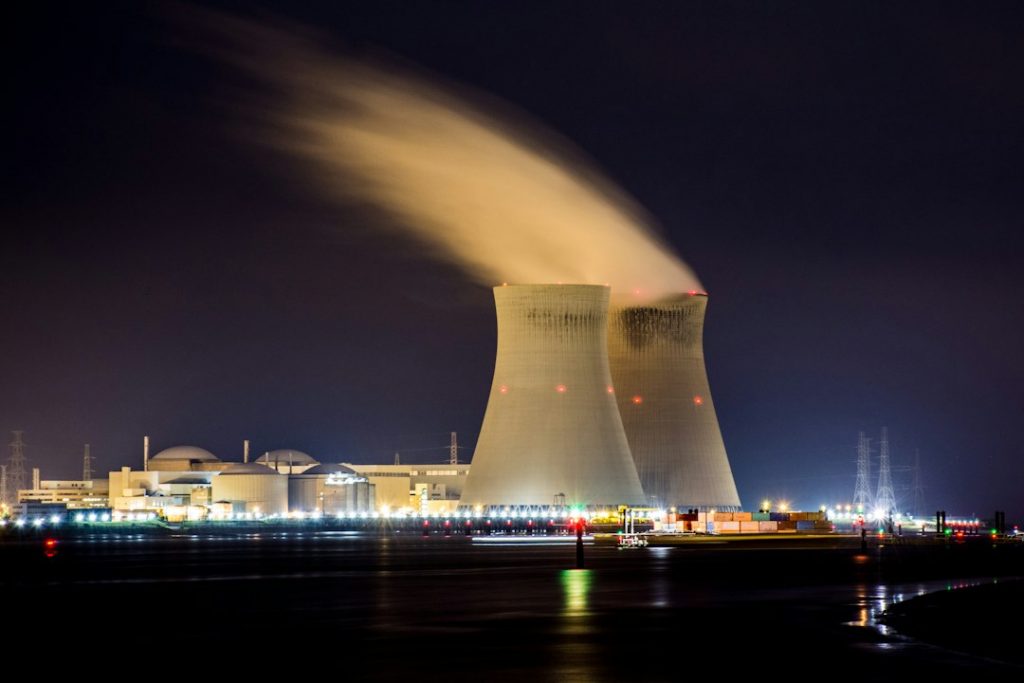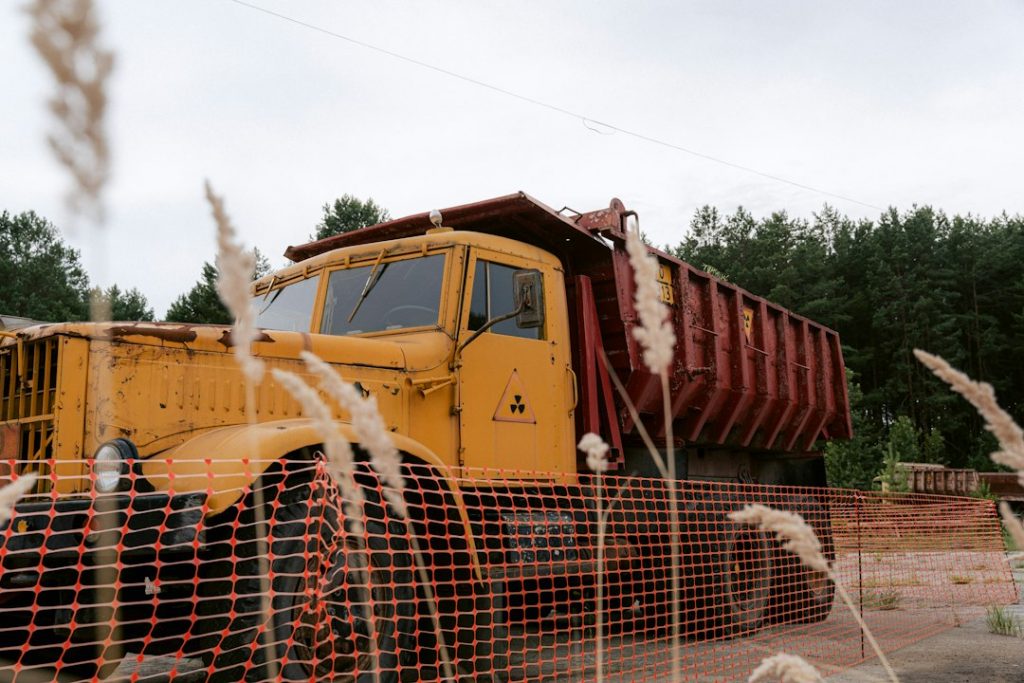Nuclear reactions are processes that involve the manipulation and transformation of atomic nuclei. These reactions can release a tremendous amount of energy, making them a valuable source of power. There are two main types of nuclear reactions: fission and fusion.
Fission is the process of splitting an atomic nucleus into two smaller nuclei. This is typically achieved by bombarding the nucleus with a neutron, causing it to become unstable and break apart. The energy released during fission is in the form of heat, which can be used to generate electricity.
Fusion, on the other hand, involves combining two atomic nuclei to form a larger nucleus. This process requires extremely high temperatures and pressures, as the positively charged nuclei repel each other. Fusion reactions are the same reactions that power the sun and other stars, and they have the potential to provide a nearly limitless source of energy.
Nuclear reactions are of great importance in energy production. They offer several advantages over traditional fossil fuels, such as coal and oil. Nuclear power plants do not produce greenhouse gas emissions, which contribute to climate change. Additionally, nuclear reactions produce a large amount of energy from a small amount of fuel, making them highly efficient.
Summary
- Nuclear reactions involve fission and fusion processes
- Nuclear energy has a rich history, from Marie Curie to the Manhattan Project
- Fission involves breaking down atoms to release energy, while fusion involves merging atoms to create energy
- Nuclear reactors are important for generating electricity, but also pose safety and environmental risks
- The future of nuclear energy involves advancements and innovations, but also requires addressing concerns about safety and waste management
The History of Nuclear Energy: From Marie Curie to the Manhattan Project
The history of nuclear energy dates back to the late 19th century with the discovery of radioactivity by Marie Curie. Curie’s research on radioactive materials led to groundbreaking discoveries about the nature of atoms and their ability to release energy.
In the early 20th century, Enrico Fermi built the world’s first nuclear reactor in Chicago, Illinois. This marked a significant milestone in the development of nuclear energy as a viable source of power. Fermi’s reactor demonstrated that controlled nuclear reactions could be used to generate electricity.
The Manhattan Project, which took place during World War II, was a top-secret research program aimed at developing atomic weapons. The project brought together some of the world’s leading scientists, including Albert Einstein and J. Robert Oppenheimer. The successful development of the atomic bomb during the Manhattan Project paved the way for the peaceful use of nuclear energy.
The Science of Fission: Breaking Down Atoms to Release Energy
To understand the science of fission, it is important to first understand the structure of an atom. Atoms consist of a nucleus, which contains protons and neutrons, and electrons that orbit the nucleus. The nucleus is held together by strong nuclear forces.
During fission, a heavy atomic nucleus, such as uranium-235 or plutonium-239, is bombarded with a neutron. This causes the nucleus to become unstable and split into two smaller nuclei, releasing additional neutrons and a large amount of energy in the process. These released neutrons can then go on to collide with other nuclei, causing a chain reaction.
The energy released during fission is in the form of heat. This heat can be used to produce steam, which drives turbines connected to generators, ultimately producing electricity. Fission reactions are highly efficient and can produce a large amount of energy from a small amount of fuel.
The Science of Fusion: Merging Atoms to Create Energy
| Aspect | Metric |
|---|---|
| Temperature | 100 million degrees Celsius |
| Pressure | 150 times atmospheric pressure |
| Energy Output | 10 times more than nuclear fission |
| Fuel | Hydrogen isotopes (deuterium and tritium) |
| Reaction | Deuterium + Tritium → Helium + Neutron + Energy |
| Challenges | Containment, fuel availability, and cost |
Fusion is the process of merging two atomic nuclei to form a larger nucleus. This process requires extremely high temperatures and pressures, as the positively charged nuclei repel each other due to their electromagnetic forces.
In stars like the sun, fusion reactions occur naturally at temperatures exceeding millions of degrees Celsius. However, replicating these conditions on Earth has proven to be a significant challenge. Scientists have been working on developing controlled fusion reactions for decades but have yet to achieve sustained fusion.
The potential benefits of fusion energy are immense. Fusion reactions have the potential to provide a nearly limitless source of clean and sustainable energy. Unlike fission reactions, fusion reactions do not produce long-lived radioactive waste and do not carry the risk of a catastrophic meltdown.
Nuclear Reactors: How They Work and Why They’re Important
Nuclear reactors are the heart of a nuclear power plant. They are designed to harness the energy released during nuclear reactions and convert it into electricity. Nuclear reactors consist of several key components, including the fuel, control rods, coolant, and a containment structure.
The fuel used in nuclear reactors is typically enriched uranium or plutonium. These fuels undergo fission reactions, releasing a large amount of heat. Control rods made of materials such as boron or cadmium are used to regulate the rate of the fission reactions by absorbing excess neutrons.
Coolant is used to transfer the heat generated by the fission reactions to a secondary system, where it is used to produce steam. The steam then drives turbines connected to generators, producing electricity. The containment structure is designed to prevent the release of radioactive materials in the event of an accident.
Nuclear reactors play a crucial role in energy production. They provide a reliable and consistent source of electricity that can meet the demands of large populations. Nuclear power plants can operate continuously for long periods without the need for refueling, making them highly efficient.
Nuclear Energy and the Environment: Examining the Pros and Cons

Nuclear energy offers several advantages over traditional fossil fuels when it comes to environmental impact. Unlike coal and oil, nuclear power plants do not produce greenhouse gas emissions, which contribute to climate change. This makes nuclear energy a cleaner alternative for electricity generation.
Additionally, nuclear power plants require a relatively small amount of fuel compared to fossil fuel power plants. This means that less mining and extraction are needed, reducing the environmental impact associated with these activities. Nuclear energy also has a smaller land footprint compared to renewable energy sources like wind and solar.
However, nuclear energy also has its drawbacks. One of the main concerns is the issue of nuclear waste. Nuclear reactors produce radioactive waste that remains hazardous for thousands of years. The safe disposal of this waste is a significant challenge that has yet to be fully addressed.
Another concern is the potential for accidents and meltdowns. While nuclear power plants are designed with multiple safety measures in place, accidents can still occur. The Chernobyl and Fukushima disasters serve as reminders of the potential risks associated with nuclear energy.
Nuclear Safety: Understanding the Risks and Mitigating Them
The potential risks associated with nuclear energy are a major concern for both the public and policymakers. Accidents at nuclear power plants can have severe consequences, including the release of radioactive materials into the environment and the potential for long-term health effects.
To mitigate these risks, nuclear power plants are designed with multiple safety features. These include redundant cooling systems, containment structures, and emergency shutdown mechanisms. Regular inspections and maintenance are also conducted to ensure the safe operation of nuclear reactors.
In addition to these technical measures, there are also strict regulations and guidelines in place to ensure the safe operation of nuclear power plants. These regulations cover everything from the design and construction of reactors to emergency response procedures.
In the event of an accident, emergency response plans are activated to minimize the impact on public health and safety. These plans include evacuations, decontamination procedures, and medical treatment for those affected by radiation exposure.
Nuclear Waste: Dealing with the Consequences of Nuclear Energy
One of the biggest challenges associated with nuclear energy is the disposal of nuclear waste. Nuclear reactors produce several types of waste, including spent fuel rods, which contain highly radioactive materials.
Currently, most countries store their nuclear waste in temporary storage facilities, such as dry casks or pools of water. However, these storage methods are not considered a long-term solution. The safe disposal of nuclear waste is a complex and controversial issue that has yet to be fully resolved.
One potential solution is deep geological repositories, where nuclear waste is stored deep underground in stable rock formations. Several countries, including Finland and Sweden, are currently working on developing such repositories. However, the implementation of these repositories faces significant technical, political, and public acceptance challenges.
Another potential solution is nuclear reprocessing, which involves extracting usable materials from spent fuel rods. This process can reduce the volume of nuclear waste and potentially recover valuable resources. However, nuclear reprocessing also carries its own set of challenges, including the risk of nuclear proliferation.
The Future of Nuclear Energy: Advancements and Innovations
The current state of nuclear energy technology is constantly evolving, with ongoing research and development aimed at improving safety, efficiency, and sustainability. Several advancements and innovations are being explored to make nuclear energy a more viable and sustainable option for the future.
One area of research is the development of advanced reactor designs. These designs aim to improve safety features, reduce waste production, and increase efficiency. Advanced reactors include concepts such as small modular reactors (SMRs), which are smaller in size and can be manufactured in a factory setting.
Another area of research is the development of new fuel types. Advanced fuels, such as thorium-based fuels, have the potential to produce less waste and be more proliferation-resistant compared to traditional uranium-based fuels.
Additionally, there is ongoing research into fusion energy. Scientists are working on developing controlled fusion reactions that can be sustained for long periods. If successful, fusion energy could provide a nearly limitless source of clean and sustainable power.
Nuclear Energy and Society: The Role of Politics and Public Perception
The role of politics and public perception plays a significant role in shaping the future of nuclear energy. The decision to build new nuclear power plants or decommission existing ones is often influenced by political factors such as energy policies, public opinion, and economic considerations.
Public perception of nuclear energy is often influenced by factors such as safety concerns, the potential for accidents, and the issue of nuclear waste. Education and communication play a crucial role in shaping public opinion and dispelling misconceptions about nuclear energy.
The role of education is particularly important in fostering a better understanding of nuclear energy and its potential benefits. By providing accurate and accessible information, individuals can make informed decisions about their energy choices and contribute to the development of sustainable energy solutions.
In conclusion, nuclear reactions have played a significant role in shaping the world we live in today. From the discovery of radioactivity by Marie Curie to the development of nuclear power plants, nuclear energy has come a long way. While there are challenges and risks associated with nuclear energy, ongoing research and advancements offer hope for a future where nuclear energy can be harnessed safely, efficiently, and sustainably.
FAQs
What are nuclear reactions?
Nuclear reactions are processes that involve changes in the nucleus of an atom. These changes can result in the release of energy or the formation of new elements.
What are the types of nuclear reactions?
There are two types of nuclear reactions: fission and fusion. Fission is the splitting of a heavy nucleus into two lighter nuclei, while fusion is the combining of two lighter nuclei into a heavier nucleus.
What is nuclear energy?
Nuclear energy is the energy released during a nuclear reaction. This energy can be harnessed and used to generate electricity in nuclear power plants.
What are the benefits of nuclear energy?
Nuclear energy is a reliable and efficient source of electricity that produces no greenhouse gas emissions. It also has a high energy density, meaning it can produce large amounts of energy from a small amount of fuel.
What are the risks associated with nuclear energy?
The main risks associated with nuclear energy are the potential for accidents and the disposal of radioactive waste. Accidents can release harmful radiation into the environment, while radioactive waste can remain dangerous for thousands of years.
What is nuclear radiation?
Nuclear radiation is the energy released during a nuclear reaction in the form of particles or electromagnetic waves. This radiation can be harmful to living organisms if they are exposed to high levels of it.
What is nuclear decay?
Nuclear decay is the process by which an unstable nucleus loses energy by emitting radiation. This process can result in the formation of a new element or a more stable nucleus.


